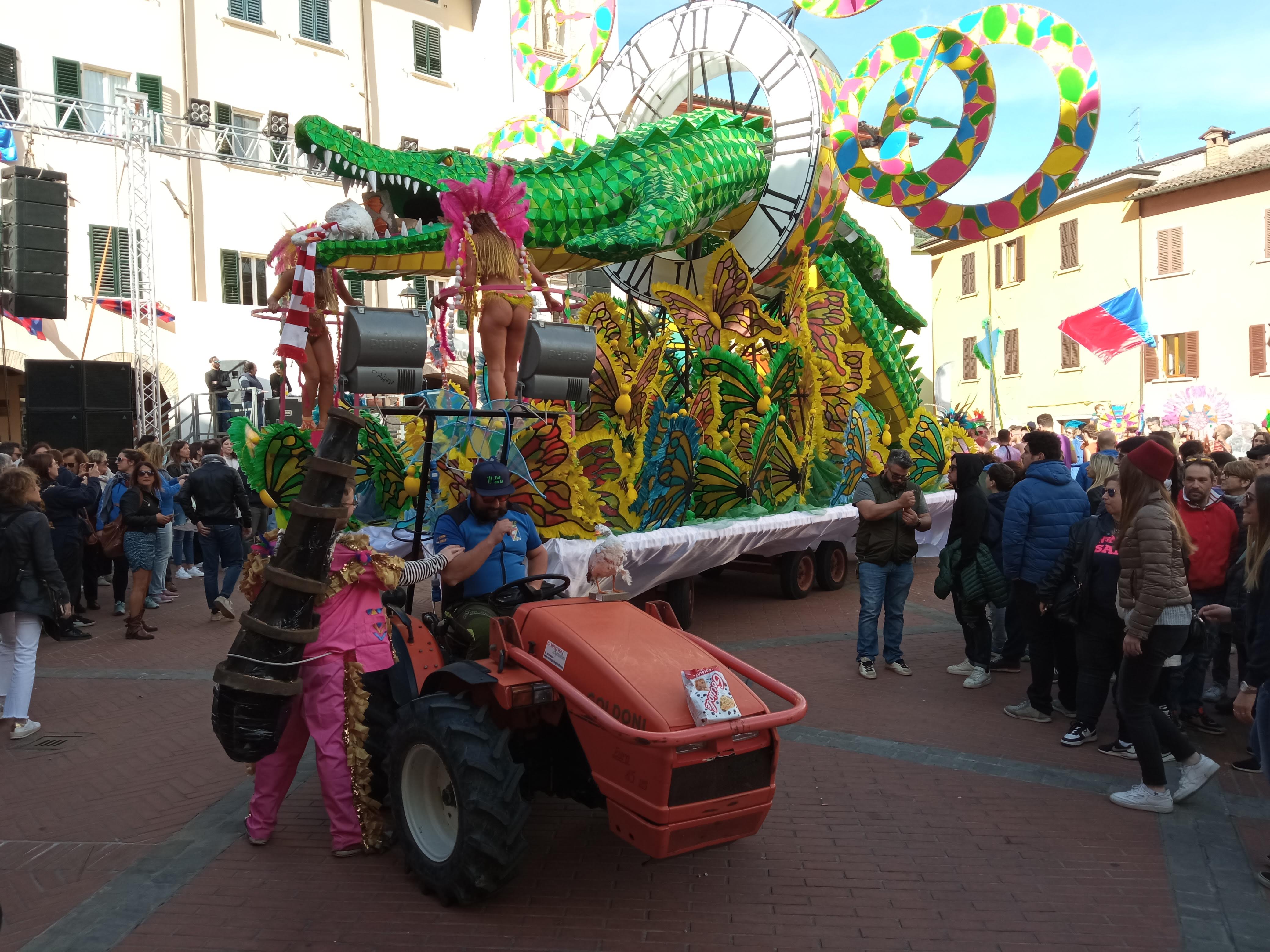We have decided to adopt the evolutionary population approach to cultivate our wheat. Imagine a field of wheat not as a uniform monoculture, but as a vibrant mosaic of many different varieties. This is the heart of an evolutionary population. Instead of growing a single variety, which can be vulnerable to diseases and climate change, we sow a mixture of many different varieties of the same species.
The different varieties naturally cross-pollinate, exchanging genes and adapting to local conditions. This continuous evolutionary process over the years allows the population to become more resilient and adaptable.
The Advantages:
- Biodiversity: Evolutionary populations promote biodiversity, creating a more resilient ecosystem.
- Adaptability: Genetic diversity allows the population to better adapt to climate change and diseases.
- Sustainability: Evolutionary populations can reduce the need for external inputs such as pesticides and fertilizers. We don't use them at all, preferring rotations and companion planting.
- Unique Flavors: Genetic diversity can contribute to unique flavors and aromas in the final products.
Why are they important?
In a rapidly changing world, evolutionary populations offer an innovative and sustainable approach to agriculture. They allow us to work with nature, rather than against it, creating more resilient and productive agricultural systems.
Evolutionary populations represent a return to traditional agricultural practices, but with a modern scientific basis. They offer a way to increase biodiversity, improve crop adaptability, and promote more sustainable agriculture.
We have decided to start with a mixture of Oroset seeds, with the addition of a tiny amount of an African variety.
Oroset wheat is the result of an ambitious research project that has combined tradition and innovation. This evolutionary population of soft wheat is born from the crossing of five ancient Italian varieties, carefully selected for their unique characteristics and nutritional value.
An Innovative Research Project:
Oroset seed, previously known as Bioadapt, is the result of a three-year project funded by the Emilia-Romagna Region's 2014-2020 Rural Development Plan, coordinated by Prof. Giovanni Dinelli of the University of Bologna. The goal was to create a population of wheat adaptable to different environmental conditions, while maintaining the organoleptic and nutritional qualities of the starting varieties.
Link to project (website italian only)
The Starting Varieties:
- Andriolo: A medium-sized variety, resistant to lodging, with light-colored ears and grains.
- Frassineto and Gentil Rosso: Two tall varieties, with light-colored ears and grains, known for their productivity and adaptability.
- Verna: A tall variety, with dark-colored ears and grains, rich in functional compounds such as polyphenols and flavonoids.
- Inallettabile 38: A variety with awned ears and light-colored kernels, widespread in Veneto.
Our decision to begin our evolutionary population with Oroset wheat was not by chance. We chose Oroset for its unique characteristics and the meticulous research that accompanied its creation.
Oroset was grown in organic and biodynamic environments, respecting our principles of sustainable agriculture. But we didn't stop there. The seed was subjected to rigorous analysis to evaluate:
- Nutritional composition: We wanted to ensure that Oroset was rich in essential nutrients, to offer our customers a high-quality product.
- Rheological characteristics: These analyses allowed us to understand how Oroset flour behaves during baking and the production of other baked goods.
- Content of functional compounds: We wanted to enhance Oroset's beneficial properties, such as the content of polyphenols and flavonoids, which contribute to health and well-being.









